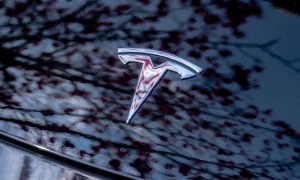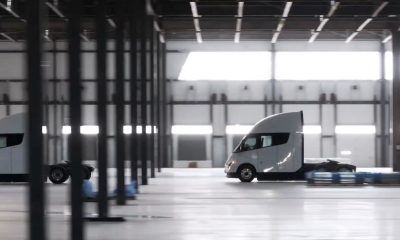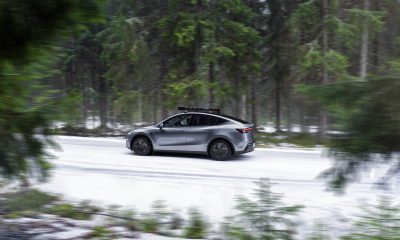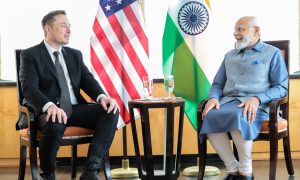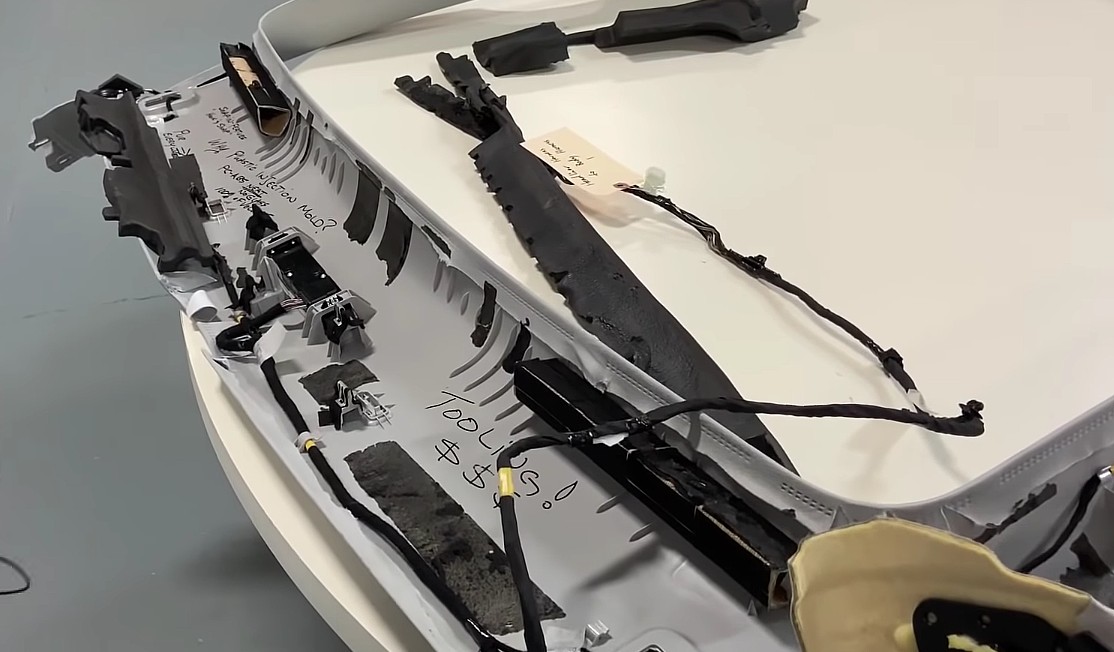

News
Tesla’s sure-footed Model Y approach is the crossover market’s ultimate Trojan Horse
The future of the crossover market may have already started changing–the auto industry has just not realized it yet. Signs of this shift could be found beneath the surface of the Tesla Model Y, a crossover that represents the years of experience in vehicle making that the Silicon Valley-based company gained since it started building cars over a decade ago.
The Model Y could almost be described as Tesla’s most unassuming vehicle based on its exterior. Featuring a very similar design as the Model 3 and lacking the flashy features of the Model X, the Model Y looks very understated. This is one of the reasons why it was so easy for critics to dismiss the Model Y. Some, on account of the crossover’s Model 3-based design during its unveiling, even flat-out insisted that the Model Y does not exist.
The Model Y is currently undergoing a thorough teardown and analysis from automotive specialist Sandy Munro of Munro and Associates. The progress of the Model Y teardown has been incremental due to the ongoing pandemic, but the sections of the vehicle that have already undergone analysis all show one theme: the Model Y is the representation of Tesla’s refinements to its vehicle production process over the years, regardless of how minor they might be.
This could be seen in a comparison of the Model Y and the Model 3’s headliner. A look at the first-production Model 3’s headliner shows that Tesla seemed to have gone for a more traditional approach for the component, such as using glue to set specific parts in position. Tesla used a more unique injection-molded headliner for the Model Y, which eliminates the need for much of the glue used in the Model 3’s component. A hefty dose of Noise, Vibration, and Harshness (NVH) countermeasures were also found on the crossover. Overall, the Model Y shows a far more sure-footed Tesla, one that has solid experience in carmaking.
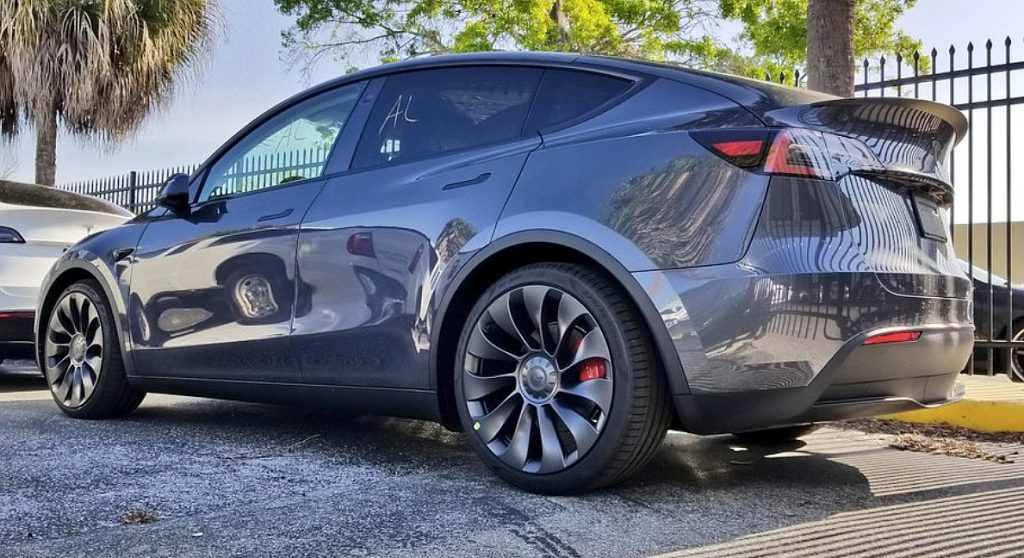
Elon Musk has noted on Twitter that teardown experts like Munro will likely find many pleasant surprises in the Model Y, and so far, this does seem to be the case. While the vehicle still has areas for improvement, the fact remains that the crossover, which is still in its first production, is already far more refined than its predecessor. From its novel Octovalve system to its use of rigid wiring that can be set by robots on a fully-automated line, the Model Y seems to be Tesla’s most forward-thinking vehicle yet. And this could make all the difference.
The Model Y is competing in the crossover segment, which is highly competitive but incredibly lucrative. Just like the pickup truck market, there are vehicles that have become legends in the crossover industry, from affordable entries such as the Toyota RAV4 to premium SUVs like the Porsche Macan. The Model Y is designed to compete in this market and offer potential customers a compelling alternative to tried and tested vehicles. Considering its price, its tech, and the fact that it seems to be designed very well, the Model Y will likely have more than a fighting chance to compete.
Tesla has a habit of making a vehicle that ends up becoming a Trojan horse of sorts. The Model 3 is one of these, as the car ended up disrupting the midsize premium sedan market to such a degree that sales of rivals like the BMW M3 have been decimated, despite critics largely dismissing Tesla in the lead up to its release. But unlike the Model 3’s first production units, even the Model Y’s first run already shows a certain degree of maturity in vehicle design and manufacturing. The Model Y will only get better with time as Tesla continues to refine little aspects of the vehicle, but even at its current state, the all-electric crossover is already something that is out of the ordinary.
And that is the biggest irony of all. Legacy automakers appear to have adopted a pretty dismissive approach to the Model Y. Save for Ford, which has unveiled the Mustang Mach-E, and Porsche, which has announced an all-electric Macan, the premium all-electric crossover market seems strangely open for domination. Just like with the Model 3, legacy auto appears to be all-too-willing to make way for the Model Y. And just as before, by the time competitors realize the all-electric crossover’s true potential, there is a very good chance that they will be late, just as the Model 3’s rivals like the BMW i4 are late today.
News
Tesla cleared in Canada EV rebate investigation
Tesla has been cleared in an investigation into the company’s staggering number of EV rebate claims in Canada in January.
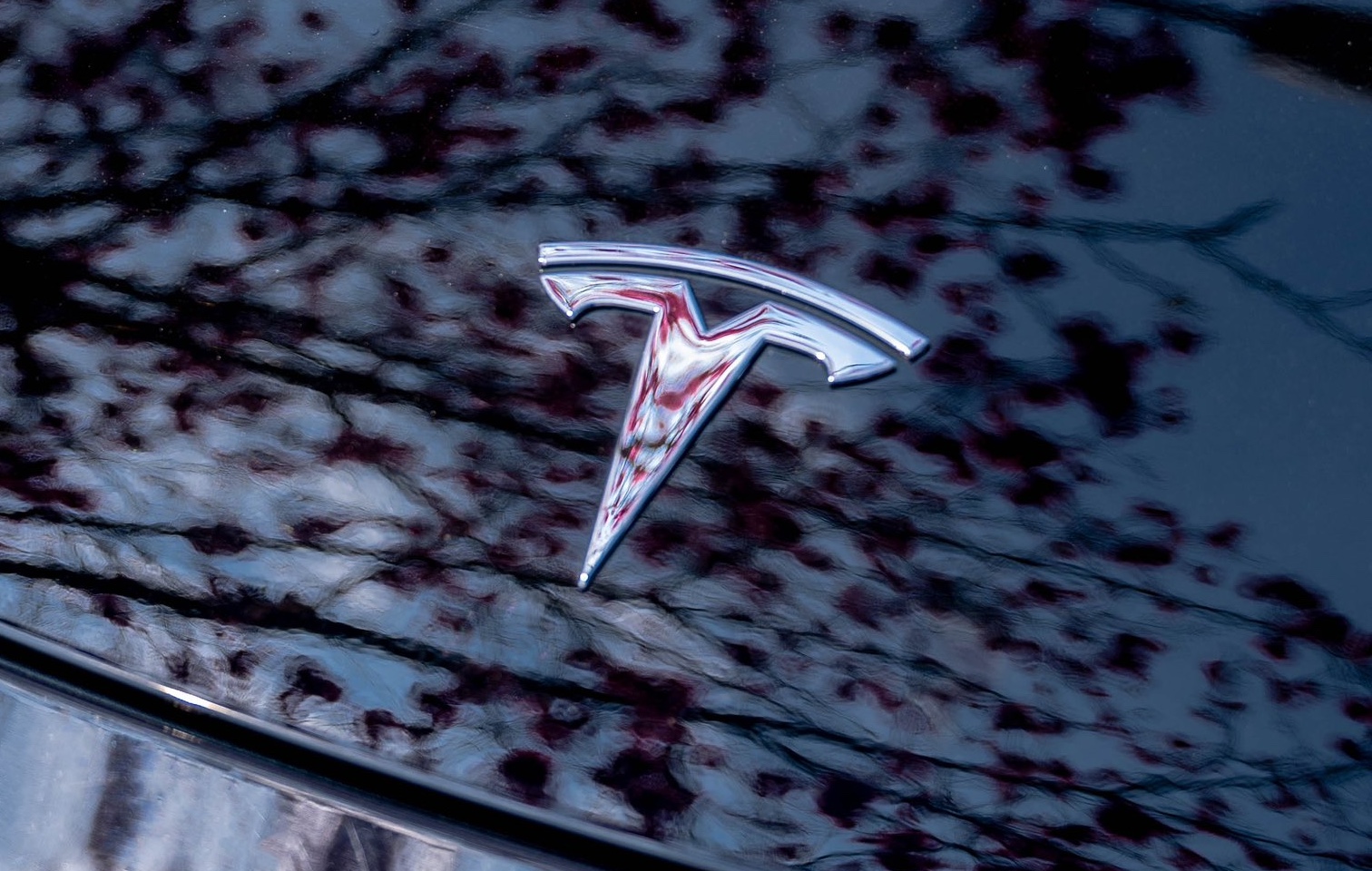
Canadian officials have cleared Tesla following an investigation into a large number of claims submitted to the country’s electric vehicle (EV) rebates earlier this year.
Transport Canada has ruled that there was no evidence of fraud after Tesla submitted 8,653 EV rebate claims for the country’s Incentives for Zero-Emission Vehicles (iZEV) program, as detailed in a report on Friday from The Globe and Mail. Despite the huge number of claims, Canadian authorities have found that the figure represented vehicles that had been delivered prior to the submission deadline for the program.
According to Transport Minister Chrystia Freeland, the claims “were determined to legitimately represent cars sold before January 12,” which was the final day for OEMs to submit these claims before the government suspended the program.
Upon initial reporting of the Tesla claims submitted in January, it was estimated that they were valued at around $43 million. In March, Freeland and Transport Canada opened the investigation into Tesla, noting that they would be freezing the rebate payments until the claims were found to be valid.
READ MORE ON ELECTRIC VEHICLES: EVs getting cleaner more quickly than expected in Europe: study
Huw Williams, Canadian Automobile Dealers Association Public Affairs Director, accepted the results of the investigation, while also questioning how Tesla knew to submit the claims that weekend, just before the program ran out.
“I think there’s a larger question as to how Tesla knew to run those through on that weekend,” Williams said. “It doesn’t appear to me that we have an investigation into any communication between Transport Canada and Tesla, between officials who may have shared information inappropriately.”
Tesla sales have been down in Canada for the first half of this year, amidst turmoil between the country and the Trump administration’s tariffs. Although Elon Musk has since stepped back from his role with the administration, a number of companies and officials in Canada were calling for a boycott of Tesla’s vehicles earlier this year, due in part to his association with Trump.
News
Tesla Semis to get 18 new Megachargers at this PepsiCo plant
PepsiCo is set to add more Tesla Semi Megachargers, this time at a facility in North Carolina.
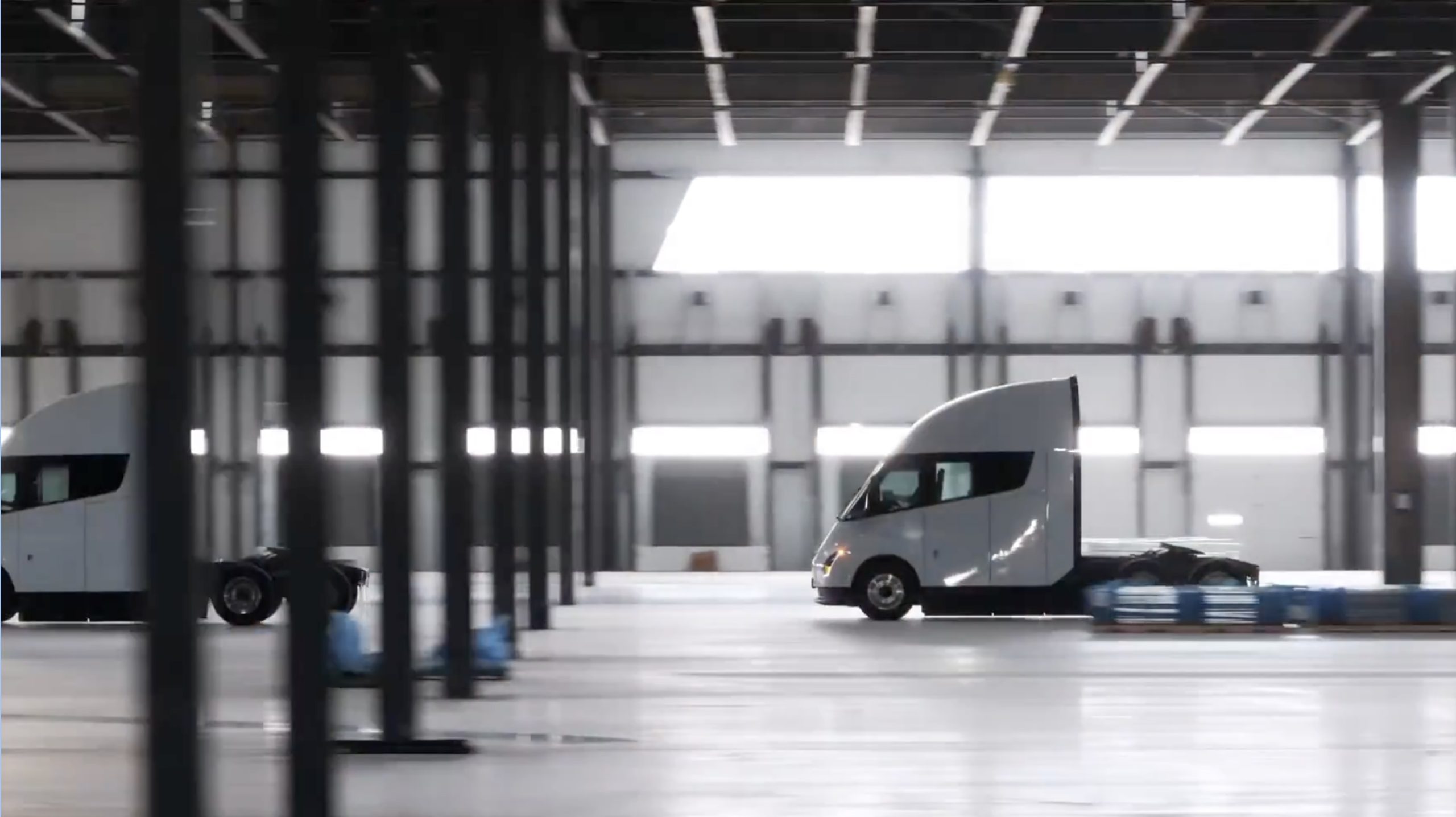
Tesla partner PepsiCo is set to build new Semi charging stations at one of its manufacturing sites, as revealed in new permitting plans shared this week.
On Friday, Tesla charging station scout MarcoRP shared plans on X for 18 Semi Megacharging stalls at PepsiCo’s facility in Charlotte, North Carolina, coming as the latest update plans for the company’s increasingly electrified fleet. The stalls are set to be built side by side, along with three Tesla Megapack grid-scale battery systems.
The plans also note the faster charging speeds for the chargers, which can charge the Class 8 Semi at speeds of up to 1MW. Tesla says that the speed can charge the Semi back to roughly 70 percent in around 30 minutes.
You can see the site plans for the PepsiCo North Carolina Megacharger below.
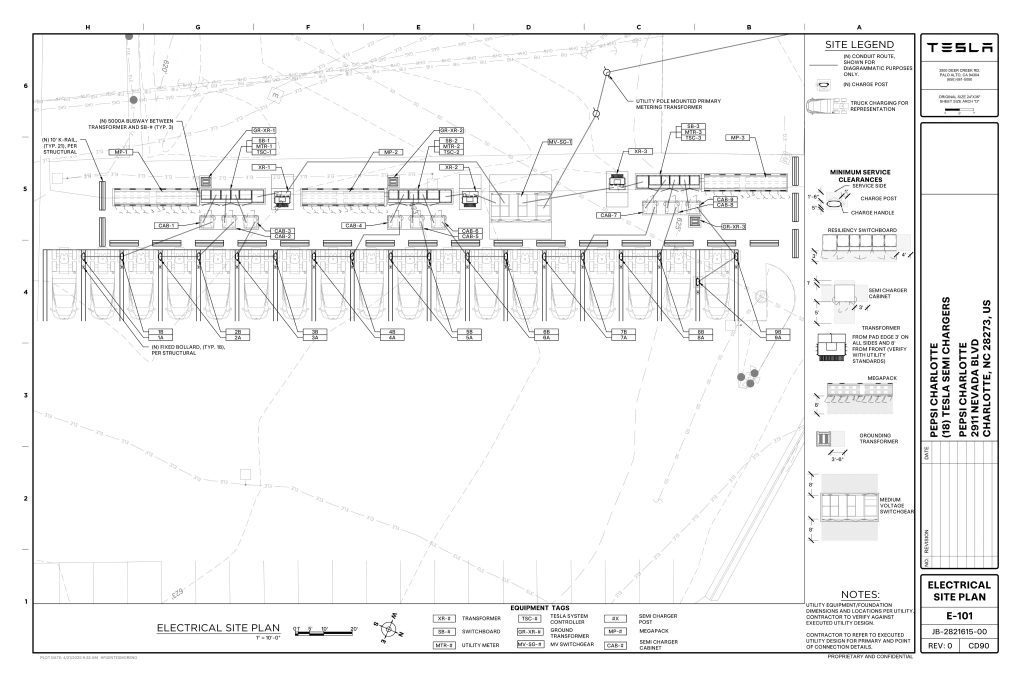
Credit: PepsiCo (via MarcoRPi1 on X)

Credit: PepsiCo (via MarcoRPi1 on X)
READ MORE ON THE TESLA SEMI: Tesla to build Semi Megacharger station in Southern California
PepsiCo’s Tesla Semi fleet, other Megachargers, and initial tests and deliveries
PepsiCo was the first external customer to take delivery of Tesla’s Semis back in 2023, starting with just an initial order of 15. Since then, the company has continued to expand the fleet, recently taking delivery of an additional 50 units in California. The PepsiCo fleet was up to around 86 units as of last year, according to statements from Semi Senior Manager Dan Priestley.
Additionally, the company has similar Megachargers at its facilities in Modesto, Sacramento, and Fresno, California, and Tesla also submitted plans for approval to build 12 new Megacharging stalls in Los Angeles County.
Over the past couple of years, Tesla has also been delivering the electric Class 8 units to a number of other companies for pilot programs, and Priestley shared some results from PepsiCo’s initial Semi tests last year. Notably, the executive spoke with a handful of PepsiCo workers who said they really liked the Semi and wouldn’t plan on going back to diesel trucks.
The company is also nearing completion of a higher-volume Semi plant at its Gigafactory in Nevada, which is expected to eventually have an annual production capacity of 50,000 Semi units.
Tesla executive teases plan to further electrify supply chain
News
Tesla sales soar in Norway with new Model Y leading the charge
Tesla recorded a 54% year-over-year jump in new vehicle registrations in June.
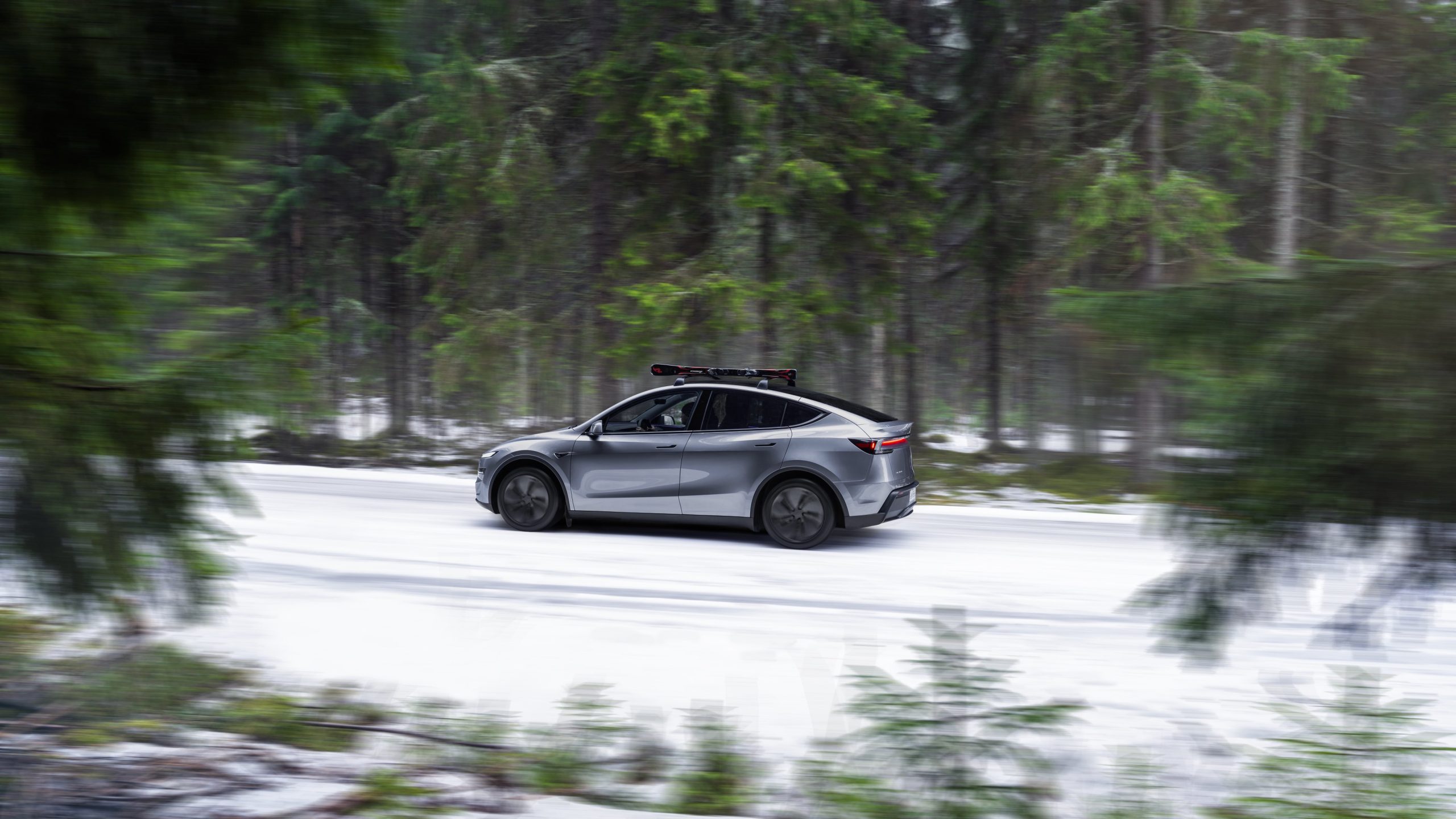
Tesla is seeing strong momentum in Norway, with sales of the new Model Y helping the company maintain dominance in one of the world’s most electric vehicle-friendly markets.
Model Y upgrades and consumer preferences
According to the Norwegian Road Federation (OFV), Tesla recorded a 54% year-over-year jump in new vehicle registrations in June. The Model Y led the charge, posting a 115% increase compared to the same period last year. Tesla Norway’s growth was even more notable in May, with sales surging a whopping 213%, as noted in a CNBC report.
Christina Bu, secretary general of the Norwegian EV Association (NEVA), stated that Tesla’s strong market performance was partly due to the updated Model Y, which is really just a good car, period.
“I think it just has to do with the fact that they deliver a car which has quite a lot of value for money and is what Norwegians need. What Norwegians need, a large luggage space, all wheel drive, and a tow hitch, high ground clearance as well. In addition, quite good digital solutions which people have gotten used to, and also a charging network,” she said.
Tesla in Europe
Tesla’s success in Norway is supported by long-standing government incentives for EV adoption, including exemptions from VAT, road toll discounts, and access to bus lanes. Public and home charging infrastructure is also widely available, making the EV ownership experience in the country very convenient.
Tesla’s performance in Europe is still a mixed bag, with markets like Germany and France still seeing declines in recent months. In areas such as Norway, Spain, and Portugal, however, Tesla’s new car registrations are rising. Spain’s sales rose 61% and Portugal’s sales rose 7% last month. This suggests that regional demand may be stabilizing or rebounding in pockets of Europe.
-

 Elon Musk2 weeks ago
Elon Musk2 weeks agoTesla investors will be shocked by Jim Cramer’s latest assessment
-

 Elon Musk2 days ago
Elon Musk2 days agoxAI launches Grok 4 with new $300/month SuperGrok Heavy subscription
-

 Elon Musk4 days ago
Elon Musk4 days agoElon Musk confirms Grok 4 launch on July 9 with livestream event
-

 News1 week ago
News1 week agoTesla Model 3 ranks as the safest new car in Europe for 2025, per Euro NCAP tests
-
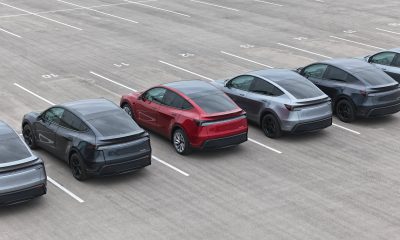
 Elon Musk2 weeks ago
Elon Musk2 weeks agoA Tesla just delivered itself to a customer autonomously, Elon Musk confirms
-

 Elon Musk1 week ago
Elon Musk1 week agoxAI’s Memphis data center receives air permit despite community criticism
-

 News2 weeks ago
News2 weeks agoXiaomi CEO congratulates Tesla on first FSD delivery: “We have to continue learning!”
-

 News2 weeks ago
News2 weeks agoTesla sees explosive sales growth in UK, Spain, and Netherlands in June


